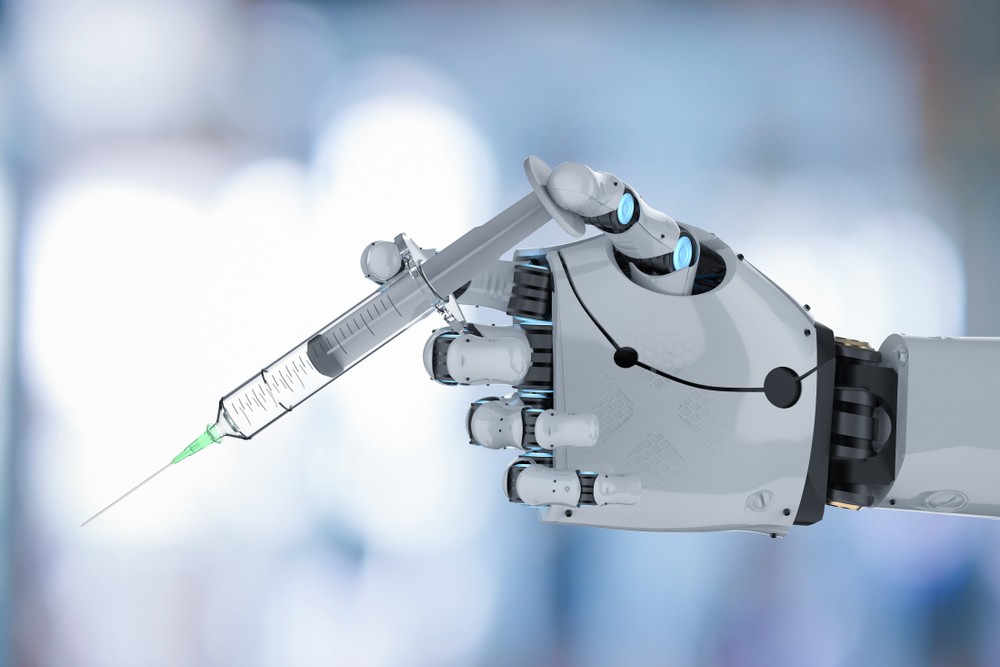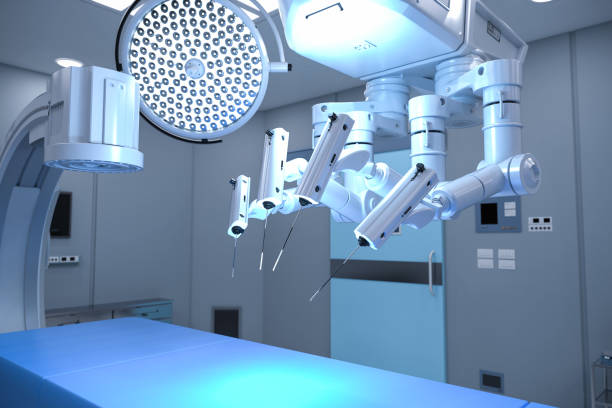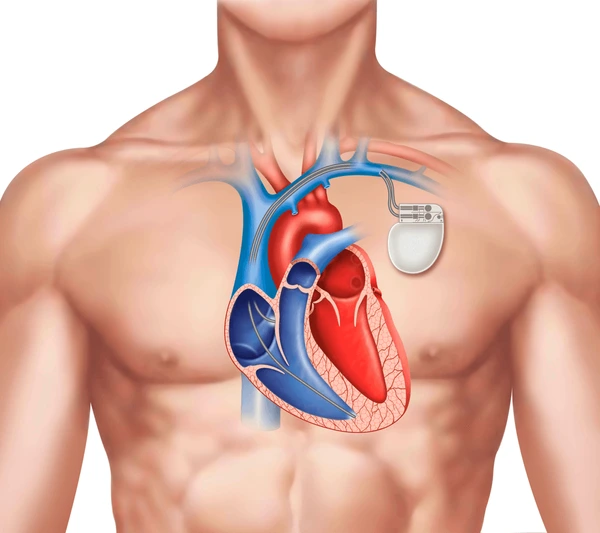Medical Robotics: The Future of Healthcare in 2024
Robots in Medical Field: In recent years, the integration of robotics into healthcare has revolutionized patient care, offering precision, efficiency, and new avenues for treatment. From surgical procedures to rehabilitation and diagnostic support, robots are reshaping the landscape of modern medicine.
Robots in Medical Field: Types of Medical Robots
Surgical Robots
Surgical robots, such as the renowned Da Vinci Surgical System and ROSA Surgical Robot, have redefined the possibilities of minimally invasive surgery. These robots offer surgeons enhanced precision, smaller incisions, and improved recovery times for patients.
Rehabilitation Robots
In the realm of physical therapy and rehabilitation, robots like Ekso GT and ReWalk Robotics assist patients in regaining mobility and strength. By providing consistent support and targeted therapy, these robots accelerate the recovery process.
Telepresence Robots
Telepresence robots like RP-VITA and Beam Pro enable remote patient monitoring and consultations. They facilitate real-time communication between healthcare providers and patients, particularly in underserved or remote areas, improving access to specialized care.
Also Read: Revolutionize Your Health: 6 Ways Medical Robotics Are Changing the Game
Applications in Patient Care
Precision Medicine
Robots play a pivotal role in precision medicine by delivering treatments with unparalleled accuracy. They enable targeted drug delivery and perform intricate surgical procedures that are otherwise challenging with traditional methods.

Diagnostic Support
In diagnostic imaging, robots enhance accuracy and efficiency. Integrating artificial intelligence (AI), these robots analyze medical scans and assist radiologists in detecting abnormalities, leading to earlier diagnoses and better patient outcomes.
Elderly Care
For elderly patients, robotic aids enhance quality of life by providing assistance with daily activities and monitoring health metrics. These robots promote independence and safety, allowing seniors to age in place with dignity.
Challenges and Considerations
Technological Limitations
Despite advancements, challenges remain in robotic technology, including complexity in handling delicate procedures and ensuring robust safety protocols to prevent errors.
Cost and Accessibility
The high initial costs associated with acquiring and maintaining medical robots pose challenges for hospitals and healthcare systems. Overcoming these barriers is crucial for widespread adoption and affordability.

Future Trends
AI and Robotics Integration
The future of medical robotics lies in the seamless integration of AI. As AI continues to evolve, robots will become smarter, more adaptive, and capable of performing complex tasks autonomously, further enhancing patient care.
Conclusion
The advent of medical robots marks a transformative era in healthcare, promising enhanced precision, efficiency, and patient outcomes. As technology continues to advance, the role of robots in medical settings will only expand, driving innovation and improving accessibility to quality care.
FAQs
Q: What are the main types of medical robots?
Medical robots include surgical robots, rehabilitation robots, and telepresence robots, each serving distinct purposes in healthcare.
Q: How do surgical robots benefit patient care?
Surgical robots enable minimally invasive procedures with enhanced precision, smaller incisions, and faster recovery times compared to traditional surgery.
Q: Are medical robots safe for patient use?
Yes, medical robots undergo rigorous testing and adhere to strict safety standards to ensure patient safety during procedures and interactions.
Q: What are the challenges facing widespread adoption of medical robots?
High costs, technological complexities, and regulatory hurdles are primary challenges hindering the widespread adoption of medical robots.
Q: How can hospitals afford to integrate robotic technology?
Efforts are underway to reduce costs through technological advancements and broader insurance coverage, making robotic technology more accessible to hospitals.
